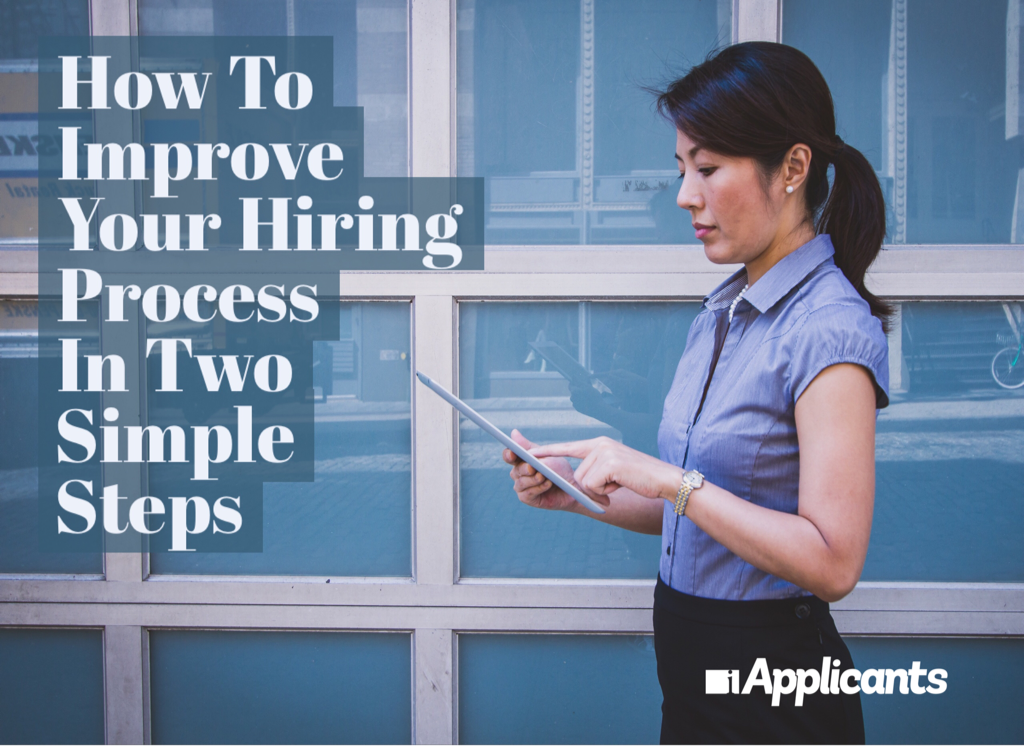by Angie Rupp | Applicant Tracking System, Corporate Culture

The term human capital first stepped onto the scene a few years ago when company innovators began to understand the vital role superstar employees play in executing the organization’s success. What I like most about replacing “employees” with the phrase “human capital” is that it helps employers see that employees are an investment. In fact, employees are the biggest investment your company has made and will continue to make going forward. Understanding the value of your “human capital” will not only help you be a better HR professional, it will also help you appreciate the strategic role you play at your organization. If you’re new to the idea of human capital and how you can better navigate the needs of your company to fulfill its human capital needs, then here are a few items to consider: Before assessing your human capital needs, you need to know your company. Before assessing your human capital needs, you need to know your company. The key to being a more well-rounded and effective HR professional relative to hiring is simple – know everything about your company. In fact, if you contribute to hiring in any way, you should know just as much about the company as your CEO. I realize it’s a bold statement, but here’s why it’s vital for you to grasp: the success of your company is for the most part in your hands. After all, the executive team can only do so much and if they have a specific idea about the direction of the company, it is up to you to hire on the type of human capital that will help execute their mission statement. This brings me to my next point. Human capital needs. . .
by Angie Rupp | Uncategorized

Having a well-defined and measurable hiring process is the most beneficial tool you can have in your hiring toolkit. While most HR professionals probably feel as though they have a firm grasp on what it truly means to have a hiring process, I’ve seen a lot of our clients struggle with this idea. Not because they fail to grasp the essentialness of having a hiring process, but rather, they think they have a specific process, when in reality, they simply react to needing to fill an empty seat at the company. A hiring process should also be specific enough that you could easily compose a step-by-step outline of the entire procedure. There’s a vast difference between employing a hiring process that is broken down into measurable steps and is consistent from one hire to the next and frantically putting the pieces into motion to recruit and find an individual quickly because a job requisition just showed up in your inbox. A hiring process takes time to develop. It’s something that should have been tested and should be reevaluated and improved upon a couple times a year. A hiring process should also be specific enough that you could easily compose a step-by-step outline of the entire procedure – from pre-hire all the way to onboarding. Inspired by this Forbes article, I thought that it would be beneficial to detail two simple steps to optimizing your hiring process, especially now that we’ve laid out some useful parameters for what it means to have an actual process in place. Hiring Process Optimization Step #1 – Clearly Outline Your Job Objectives The first step in creating a hiring process that will attract the type of employees to you that will build a solid foundation. . .
by Angie Rupp | Applicant Tracking System, Hiring, Hiring Software, Onboarding

As an HR professional, your individual success at your company is probably impacted by your time-to-fill numbers. The time-to-fill benchmark you’re used to seeing likely has a dollar sign attached to it because the more time it takes you to fill an empty seat at your organization, the bigger the financial investment imparts. For instance, high time-to-fill equals higher costs allocated to your recruiting budget as well as more money invested into the workforce used to support the hiring process. Perhaps more vital from a financial perspective than anything else though is the amount of revenue lost by an empty seat at the company – especially if that seat is a sales based or customer service type position. As an employer, what you’re probably least likely to consider about the potential impact of high time-to-fill is actually not a concern from the perspective of your business, but rather, a concern from the perspective of your applicants. This point of view is often overlooked by corporate recruiters, and yet, its impact has the widest reach because it can easily sour a very strong and talented applicant pool. In 2016 the time it takes to fill an empty seat at a company has jumped from 13 to 23 days. In a recent article from the Wall Street Journal, it was found that time-to-fill numbers have increased significantly from a mere six years ago. In 2010, the average time-to-fill was 13 days. In 2016 the time it takes to fill an empty seat at a company has jumped to 23 days. This makes sense as employers try to nail down a more elaborate and effective hiring process due to the economy picking up again. . .
by Angie Rupp | Applicant Tracking System, Employer Brand

Establishing and communicating employer brand is essential in attracting top talent. Unless you’ve been living under a rock for the past couple years, you’re likely noticing a shift in how organizations manage their employees. If millennials have taught us anything, it’s that we can no longer afford to do business the way we did 50 years ago – drive to work each morning, work at least an eight-hour day, come home to your family, and then continue the cycle for 40 plus years counting down the days until retirement. Employees want more from their work, and also from their life. They understand that a significant chunk of their time will be spent at work, and they want it to be meaningful. They also expect you as HR professionals to convince them that your company meets all of these expectations and more. Missing this vital step could be hugely detrimental to your organization’s employer brand, and your success as a corporate recruiter. Think about it. When you’re searching for talent, your number one goal is to find that diamond-in-the-rough employee – the one that will meet all your needs and be a huge asset to your company. And that’s a great goal. However, this logic starts to unravel if you’re unwilling to assume that this potential superstar employee deserves anything less out of you and your organization as well. Good employees are hard to come by because well, more than likely they’re already employed or if they aren’t, have a lot of really solid offers on the back burner. If you’re hoping to compete, or at the very least, keep up with Jones’s, then you’re going to have to prove that. . .





